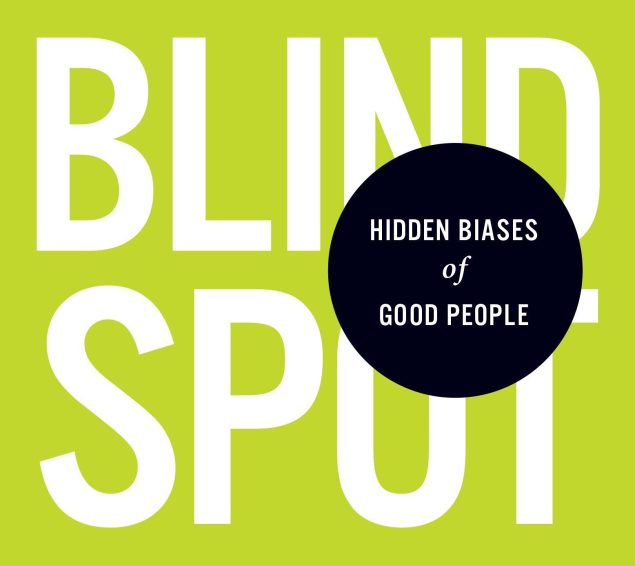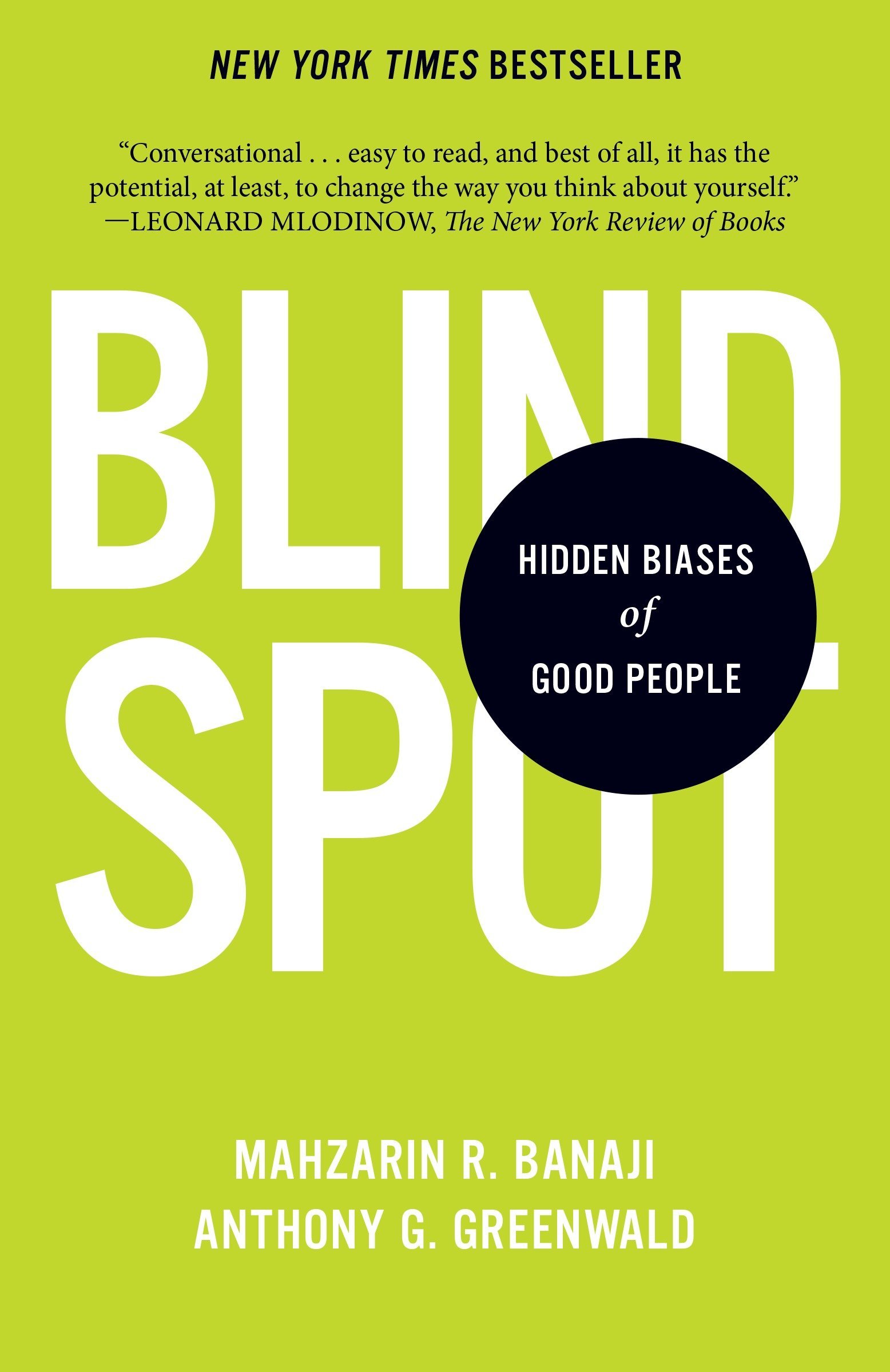
Blindspot: Hidden Biases of Good People
In their New York Times bestselling book, Mahzarin Banaji and Anthony Greenwald explore the science of why our behavior doesn’t always align with our values.
Most of us would like our behavior to be consistent with our values; Blindspot helps explain why they are not always aligned by providing readers with a simple, scientifically-based understanding of “implicit bias”. The book is a resource you can use to educate yourself and others.
In Blindspot, my colleague Tony Greenwald and I explore hidden biases that we all carry from a lifetime of experiences with social groups – age, gender, race, ethnicity, religion, social class, sexuality, disability status, or nationality.
We use the term “blindspot” as a metaphor to capture that portion of the human mind that houses these hidden biases. Just as our eyes contain a blind spot where visual information cannot be seen, we ask about the extent to which social groups shape our likes, dislikes, and judgments about people’s character, abilities, and potential – without our awareness or conscious control.
In Blindspot, hidden biases are revealed to readers through hands-on experience with Implicit Association Test. This test has influenced the way scientists learn about the human mind and gives us a glimpse into what lies within the metaphoric blindspot.
The title’s “good people” are the many people – the authors included – who strive to align their behavior with their good intentions. The aim of Blindspot is to explain the science in plain language to allow well-intentioned people to better achieve that alignment. Venturing into this book is an invitation to understand our own minds.
Blindspot is written with a non-academic reader in mind.
